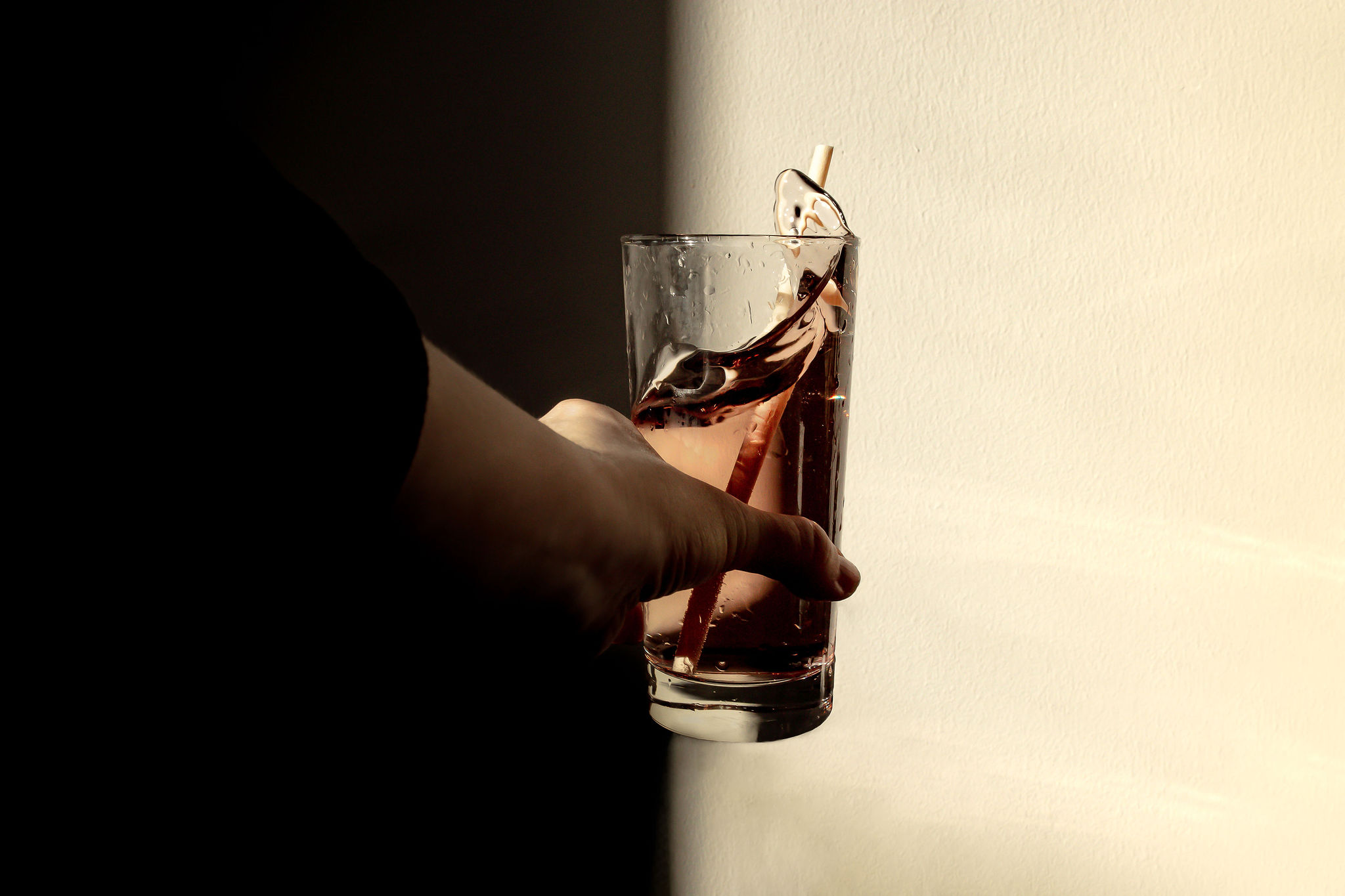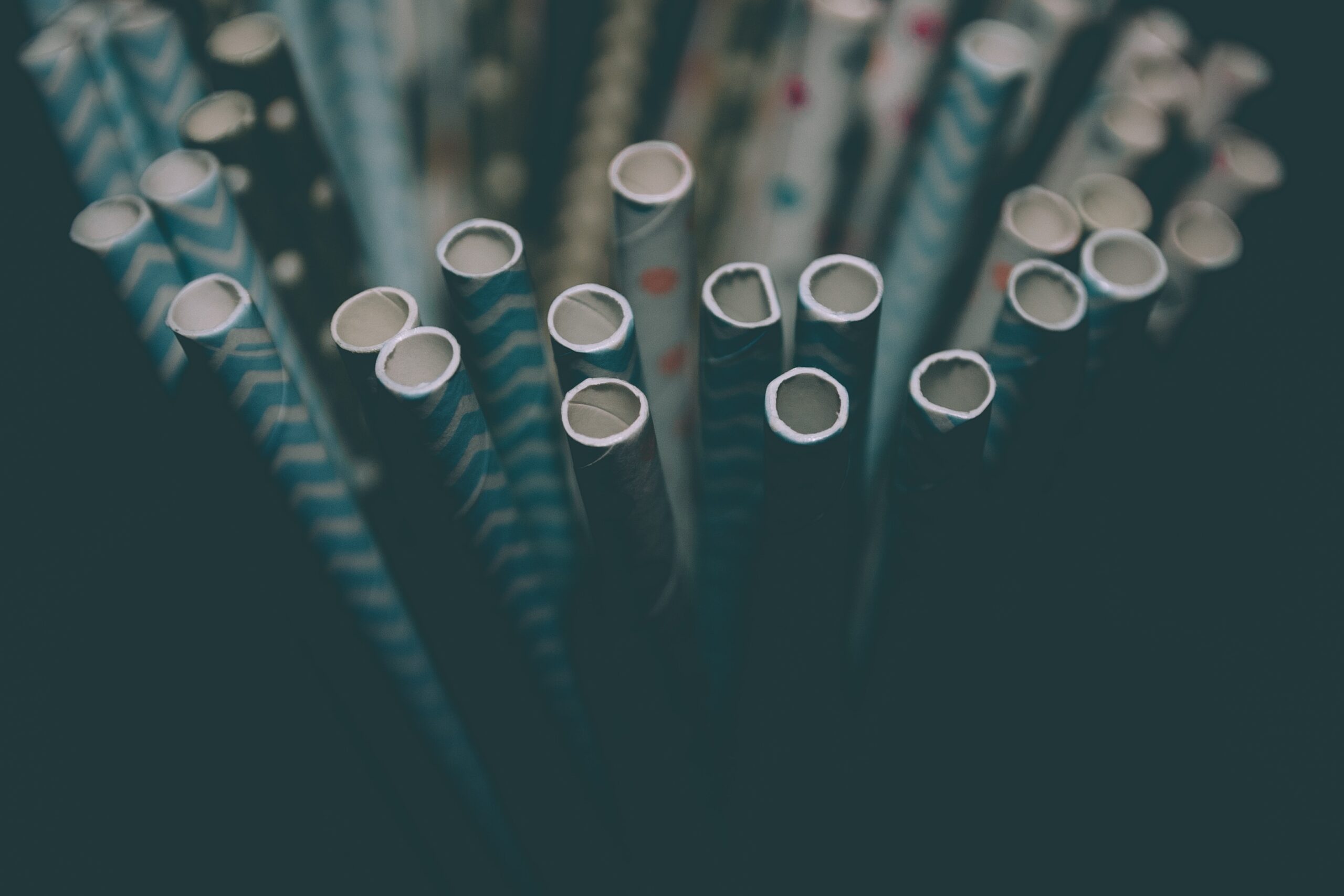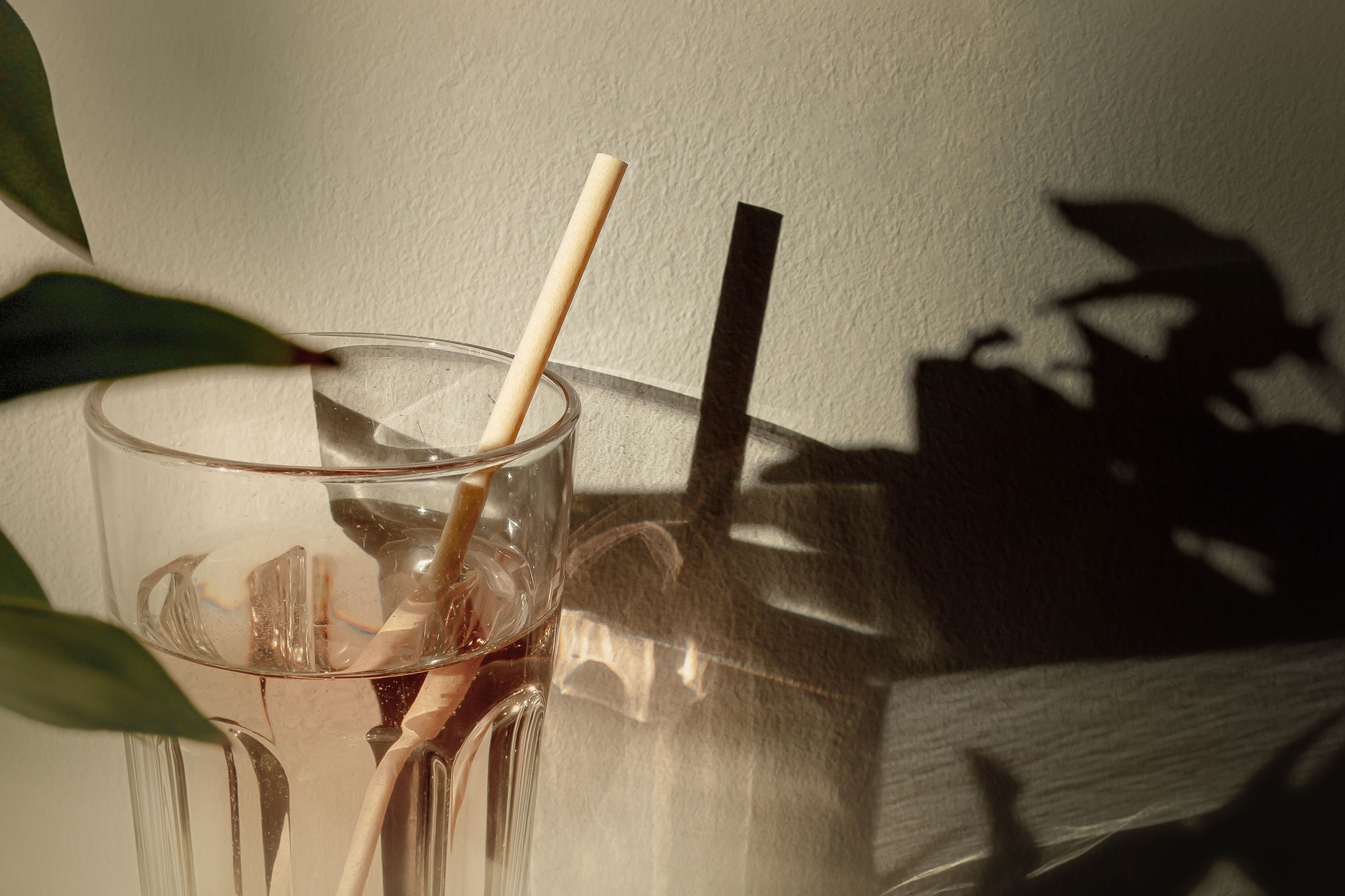4 things you should know about paper straws before taking your next sip
As the many disadvantages of plastic are becoming more widely understood, and legislation around the world is banning plastic in several applications, manufacturers look for substitutes to replace the material. For straws, paper is the obvious choice as it’s often thought of as an ecological and natural material. But is that really the case with paper straws? We’ve gathered some facts you might want to consider before your next sip through a paper straw.

Paper straws contain more than just paper
Paper is not as strictly regulated for food contact as plastic. So, paper straws can contain more than just paper.
Paper straws always contain glue – it is needed to keep the straw in shape. Paper straws come in cheerful colors and are often decorated with cute stripes. These glues and dyes can dissolve in the drink and be harmful to your health. Glue can also break down into microplastics.
Paper straws are often coated to improve their water resistance. The coating has been found to contain toxic “perpetual chemicals“. These chemicals can dissolve in the drink, making every sip a risk, as perpetual chemicals have been linked to various diseases, such as cancers, and thyroid, hormonal and immune disorders.
Their sogginess is annoying – and a possible danger
Let’s face it: we all know how annoying drinking with a paper straw can be. After just a few sips, the straw starts to soften, and after a short while, it can be practically unusable. Drinking becomes a race against the clock. The straw gets clogged and eventually turns to mush.
The taste of wet paper doesn’t make drinking enjoyable, either. The longer the straw sits in the cup, the more your drink tastes like a damp newspaper.
All this is just annoying and unpleasant for most of us, but for small children and people with disabilities, it can cause a choking hazard.

They’re not necessarily recyclable and definitely not reusable
One of the highlighted principles for a more eco-friendly lifestyle is reuse. Paper straws are single-use, disposable items. You can’t use the same straw over and over again.
You can recycle paper, but it’s more complex when it comes to straws. Paper can only be recycled once or twice before the material breaks down too much to be useful in the production of recycled paper.
In some countries, you cannot put a straw in paper recycling if it has been in contact with food. Because of the additives, dyes, and glues, many paper straws on the market are not compostable either. So, mixed waste becomes the only disposal method. If a paper straw with some of the commonly used additives leaks into the environment, it may leave microplastics and toxic substances behind.
Their production requires a lot of resources and energy
Paper production is not an environmentally friendly process. It causes air and water pollution, large amounts of paper waste, high greenhouse gas emissions, and in some cases even deforestation. Paper production uses more water per product than any other industry. Moreover, it’s the fourth largest industrial energy consumer in the world.
Paper straws are made of trees. The trees have to be cut down, shipped to a factory, pulped, and finally made into straws. Then the straws have to be loaded and transported. Energy is consumed in all these processes.
While paper straws may be a better alternative to plastic, they still have a huge carbon footprint – especially for a product that is thrown away after only a few minutes of use.

There is an option, and it’s called Sulapac
If you are looking for a sustainable, durable, and safe material for straws, please get to know the Sulapac Flow 1.7! The bio-based Sulapac materials are both recyclable and compostable and leave no permanent microplastics behind providing a sustainable alternative to conventional plastics.
Straws made of Sulapac don’t get soggy, they don’t add any unpleasant taste to your drink, and contain zero harmful additives, which makes them a superior alternative compared to paper straws. Sulapac straw has been tested for PFAS compounds in an independent laboratory (ISO/IEC 17025 certified) based on CEN/TS 15968 test method. No PFAS compounds were detected from Sulapac straws.
Sulapac can be made with recycled content, meaning the need for first generation content is minimized. Wood, which is one of our raw materials, always comes from industry side streams and originates from responsibly managed forests. In the future, we will potentially use also other highly innovative fillers, which are considered as 3rd generation feedstock.
When it comes to a truly sustainable and circular solution, look no further.
hbspt.forms.create({
region: “na1”,
portalId: “4595283”,
formId: “59d6a73c-fb8e-4daa-bfdc-3887b7f10bba”
});
Sulapac Ltd accelerates the plastic waste-free future by replacing conventional plastic with sustainable materials that are beautiful and functional. Like nature. The Helsinki-based company was founded in 2016 by three scientists Dr. Suvi Haimi, Dr. Laura Tirkkonen-Rajasalo and Dr. Antti Pärssinen and was ranked one of Europe’s 100 hottest startups by WIRED UK in 2018, 2019 and 2021. Investors behind the award-winning, patented material innovation include CHANEL and Sky Ocean Ventures. Join the forerunners at sulapac.com.